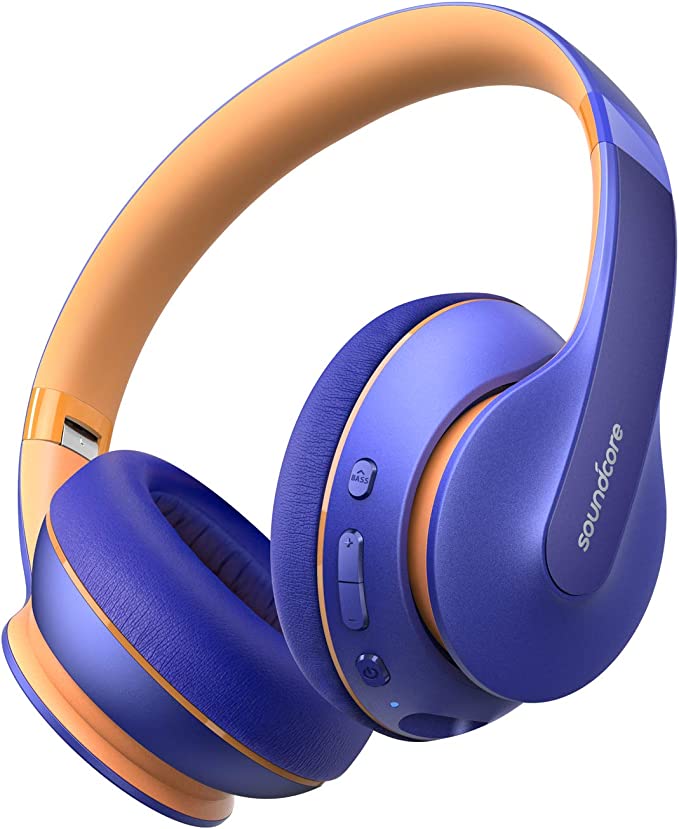Beyond the Broadcast: Listening to the Invisible Conversations That Shape Your Community
Update on Oct. 10, 2025, 6:53 p.m.
We live our lives to the soundtrack of public radio. The morning news on the commute, the pop music countdown on a Friday afternoon, the late-night talk show—these broadcasts are the familiar, curated voice of our world. They tell us what has already happened. But what if you could tune into the story behind the headlines? What if you could listen to the real-time, unscripted drama that unfolds moment by moment?
Beneath the polished surface of commercial broadcast, a vast, invisible network of conversations is constantly humming. It’s the nervous system of our communities, the sound of a fire crew coordinating their attack on a blaze, a snowplow operator reporting impassable roads during a blizzard, and a paramedic relaying vital signs from an accident scene. For decades, this world was accessible only to dedicated hobbyists with complex equipment and deep technical knowledge. Today, technology has opened the door for anyone to listen in.

The Pulse of Your Community
Imagine a sudden, torrential downpour in your town. The local news might report on flooded streets an hour later, but on a scanner, you hear the story as it happens. You hear the public works department dispatching crews to clear overwhelmed storm drains, the police reporting stranded vehicles, and the utility company responding to a downed power line that has plunged a neighborhood into darkness. You’re not just a passive consumer of news; you’re bearing witness to the coordinated, human effort of a community responding to a crisis.
This is the pulse of your city, and a radio scanner is the stethoscope. It transforms abstract events—a traffic jam, a local fire, a power outage—into immediate, human stories of response and resolution. It provides a layer of situational awareness that no other medium can offer, grounding you in the concrete reality of the world just outside your door.
What Can You Actually Hear?
So, what exactly can you tune into on this invisible spectrum? The breadth of unencrypted communications is often surprising, painting a rich picture of daily life and civic operations.
-
Emergency Services: This is the most common draw for listeners. It includes local and county police dispatch, fire departments (from urban engines to rural volunteer crews), and emergency medical services (EMS). You can hear the initial call for help, the on-scene reports, and the vital coordination between different agencies during a large-scale incident.
-
Public Utilities & Works: Listen to your city’s public works, water, and power departments. During storms or infrastructure failures, their communications are a direct line to understanding the scale of the issue and the progress of repairs.
-
Transportation: This is a vast category that can include local airport ground and tower communications (listening to pilots and air traffic control), railroad operations (hearing conductors and dispatchers), and even municipal bus and transit authorities coordinating their routes.
-
Community Events & Business: During parades, marathons, or festivals, you can often hear the event organizers and security teams coordinating logistics. Many businesses, from construction sites to large retail stores, also use two-way radios for their operations.
-
Amateur Radio: Often called “ham” radio, these federally licensed operators are a vibrant community of hobbyists. During emergencies, they often provide crucial volunteer communications when other systems fail.

Technology Makes Exploration Simple
This vibrant world of information might seem vast and technically intimidating. For decades, accessing it required the patience of a researcher and the skills of a technician. A hobbyist would have to manually look up local frequencies, understand complex system types, and painstakingly program hundreds of channels into their device.
But what has changed? The advent of database-driven scanners has revolutionized the hobby. Instead of requiring users to be radio experts, modern devices act more like a GPS for the airwaves. Scanners, such as those in Uniden’s HomePatrol series, come with a comprehensive, nationwide database pre-installed on a memory card. The user simply enters their zip code or city. The scanner then cross-references this location with its internal library and automatically loads all the known public safety and interest channels for that specific area. This single innovation has lowered the barrier to entry from a steep technical cliff to a gentle slope, inviting anyone with a spark of curiosity to begin exploring.
Listening to a scanner is more than just a technical hobby; it’s a new way of understanding the place you call home. It’s about appreciating the complex web of services that keep your community safe and functioning. It’s about gaining a deeper, real-time awareness of the events shaping your neighborhood, from the mundane to the critical. It is an invitation to tune out the curated broadcast for a moment and listen to the raw, unfiltered, and deeply human conversations happening all around you.


















